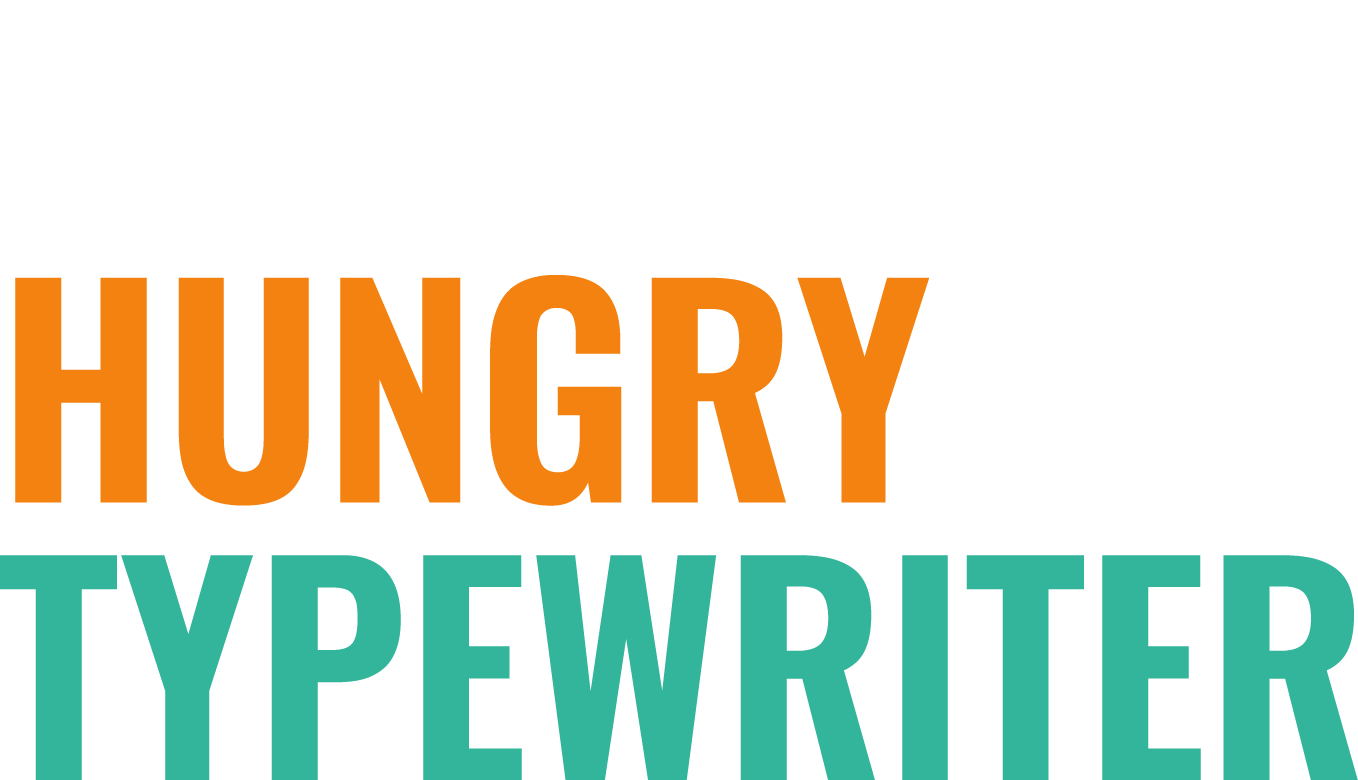Find Out Why This Headline Is Getting Attention
Discover the true story behind the most powerful sentence in marketing—and get headline writing tips from an expert small business copywriter.
Contributing Writer: Shelley Mann
If No One Clicks, Does Your Content Even Exist?
Confession: When I sit down to write a blog or article, I don’t start with the body text or even an outline.
I start with the headline.
There’s just something about distilling a big idea into one sharp, curiosity-igniting sentence that fires me up for everything that follows. It’s not just a label—it’s a launchpad.
While some headline writing tips suggest you wait until the end to slap on a title, I use the headline to anchor the angle, shape the story, and answer the only question that really matters.
Not “How do I get their attention?” but “How can I get them to care?”
Because here’s the deal: if I’m not compelled to write it after the headline, why would anyone be compelled to read it?
According to Copyblogger, 8 out of 10 people will read a headline, but only 2 will go on to read the rest. Let that sink in. You could write the most brilliant 1,000-word thinkpiece in your niche, but if the headline doesn’t hit—it may never get read at all.
Let’s make sure that doesn’t happen.
Give Your Headline Superpowers
A strong headline is like a superhero.
It breaks through distraction, flies past inbox fatigue, and lifts huge audiences into the heart of your message with a single click.
All in one tight-fitting sentence.
Despite its importance, the headline is often the last thing people write—or the first thing they phone in. At best, it’s a missed opportunity. At worst? A marketing misfire.
A strong headline is no longer a nice-to-have in small business writing. It’s the reason your best ideas get noticed—or ignored.
And once you learn how to write great headlines—or better yet, hire someone who’s turned headline writing into a life sentence (#PunsAlwaysIntended)—you’ll start to see the ripple effect everywhere:
Email subject lines
Website headers and subheads
Product descriptions and press releases
LinkedIn intros and newsletter ledes
Take it from this small business copywriter: Great headlines don’t just attract attention—they direct it. They make content discoverable, digestible, desirable, and—if you’re lucky—delightful. They spark emotion, fuel curiosity, and inspire action (and shares and leads and revenue).
And while some headline writing is instinctual, there are clear patterns and principles that can turn guesswork into a gut check.
Let’s give your small business content the attention it deserves.
TL;DR
A strong headline is like a superhero.
It breaks through distraction, flies past inbox fatigue, and lifts huge audiences into the heart of your message with a single click.
All in one tight-fitting sentence.
5 Ways Great Headlines Work Harder Than You Think
You don’t have to be a professional copywriter to write a solid headline.
However, if you’re a small business owner who’s short on time, energy, and scroll-stopping clarity, hiring one can make the difference between content that sells and a blog that just sits there.
Here’s all that goes into helping your business make headlines.
1. A great headline makes a promise—and keeps it.
The best headlines don’t tease, bait, or switch—they delight and deliver. A headline (and its occasional subhead) should tell your reader exactly what they’ll gain from reading, without hiding the hook behind vague or clever language.
Instead of: Inbox Intervention: Notes on Connection
Try: The Secret to Writing Emails That Actually Get Read
And remember, it’s only click-bait if you fail to deliver. People love to envision the end results, and words like “tips,” “lessons,” “tricks,” and “secrets” are great ways to give them what they want.
2. A smart headline shows up where it counts.
Vague headlines don’t just fail to hook—they fail to show up. Search engines and real people are both scanning for specifics. A smart headline uses concrete language, real-life terms, and relevant keywords to signal, “Hey, this is exactly what you’re looking for.”
Instead of: Is Your Subject Line Working?
Try: How to Get Better Open Rates with These 9 Ingenious Subject Lines
It’s not just about ranking anymore. It’s about earning a seat in the answer box.
Because even the best content won’t work if it’s buried below the fold—or summarized incorrectly by an AI algorithm that didn’t quite “get” you.
3. A strong headline creates urgency—without screaming.
Urgency doesn’t have to sound like a late-night infomercial or a potty-training toddler. The right headline taps into real tension—frustration, curiosity, hesitation—and hints that a better way is just one click ahead.
Instead of: Click Now Before It’s Too Late!
Try: Finished Your Blog? Don’t Hit Publish Until You Read This.
Will their life change? Will they solve a problem that’s been bugging them for forever? Will they find success beyond their wildest dreams? They won’t know if they don’t click!
TL;DR
SEO and storytelling aren’t rivals—they’re a power couple.
The right headline does both: it ranks and resonates.
4. A thoughtful headline reflects both a problem and a solution.
As we like to say around the Hungry Typewriter water cooler: Google is the Magic 8 Ball of millennials. (Don’t believe us? Pull up a search bar and type “Am I…” You’ll see everything from “Am I pregnant?” to “Am I going crazy?”)
People are constantly searching for answers, and your headline should sound like something they’re typing into it. Use their actual language, not your internal brand-speak, and you’ll earn instant trust.
Instead of: Why Your Brand Messaging Needs a New Perspective
Try: Should I Be Writing My Own Website Copy?
A good headline doesn’t just show up—it shows empathy. It meets your reader in the middle of their question and invites them to trust your answer.
5. The best headline doesn’t try too hard.
Some headlines (and even some headline writing tips) sound like they were spit out of a jargon generator on its lunch break. Others feel like they’re trying to win at word play—when all the reader really wants is an answer.
What you may not know: The best-performing content is usually written at a 6th grade reading level. Not because your readers aren’t smarter than a middle schooler—but because they’re busy.
At that level, your message lands instantly—with no brain freeze or extra mental calorie burn. Simplicity is a strategy—not a slight.
Instead of: Maximize Strategic Brand Positioning Through Messaging Architecture
Try: How to Explain What You Do So Your Mom Can Too
That said, there is certainly a place for cleverness (we small business copywriters do love wordplay), but it has to be intentional. The trick is knowing what your audience values more—a clever wink or a straight line to a solution—and aligning your voice with what the content actually needs.
When in doubt, choose clarity.
But if you can be both clear and clever—Do it. That’s the stuff people remember.
TALK TO US!
If your morning had a headline, what would it be?
One Last Thing About Headline Writing Tips…
A great headline might earn the click, but the content has to earn the keep.
The strongest headline on the planet can’t save a blog that bumbles the point.
And while a clever title might get your audience through the door, what happens next—the story, the clarity, the insight—is what keeps them around.
As much emphasis as we put on headlines in this article, let’s be real: they’re (probably) not what’s going to seal the deal with a new client.
It’s your whole brand experience. How well you relate, engage, guide, and follow through.
In your blog.
In your newsletter.
In your customer journey.
Professional small business copywriters will tell you that even the smartest headline is still a best guess—one part timing, one part instinct, one part understanding your audience and what they need right now. And sometimes? Even when you have all of that, it still needs testing, tweaking, and a fresh set of eyes.
I will tell you this: The only thing worse than content that never gets clicked on is content that never gets written.
You’ve got something worth sharing. Let’s make sure your audience doesn’t miss it—or you.
Need help figuring out what to say once you’ve got their attention? Check out our 25 content prompts for small businesses to get the wheels turning—or schedule an Easy Intro here!




